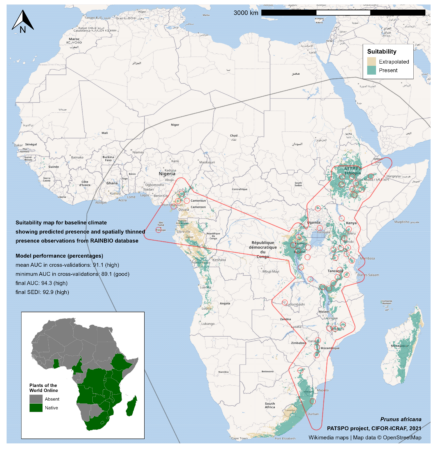Our friends at World Agroforestry (the centre formerly known as ICRAF) have been very busy with their data wrangling in support of policy recommendations. So much so, in fact, that it may be getting complicated for outsiders to keep all their information products straight, so here’s a quick recap.
Let’s start with the premise that we need more trees. I don’t think anyone disputes that. The problem, as has been repeated many times now, is to have the right trees in the right places. That starts with the right seeds, of course. In a recent paper, World Agroforestry scientists and partners suggest that what we need for that is more transparency (and accountability) about where those seeds will be coming from.
But which species should be sourced? That’s where GlobalUsefulNativeTrees comes in. As described in another recent paper, this has data on “14,014 tree species that can be filtered for ten major use categories, across 242 countries and territories.” So if you want to know what trees can be used as animal food in tropical montane Kenya, say, this will tell you. The answer is Prunus africana, by the way.
Ah, but you may be worried about how the trees you have selected to plant (or indeed have already been planted) will do under climate change. Fear not, World Agroforestry again has you covered with TreeGOER. That has data on the climatic preferences of 48,129 tree species, and their likely vulnerability as the climate changes. The results may well send you back to GlobalUsefulNativeTrees for a rethink.
Hope that clarifies the tree data landscape a bit. Looking forward to other use cases from readers.
LATER: Oh, and there’s also a climate change atlas.
